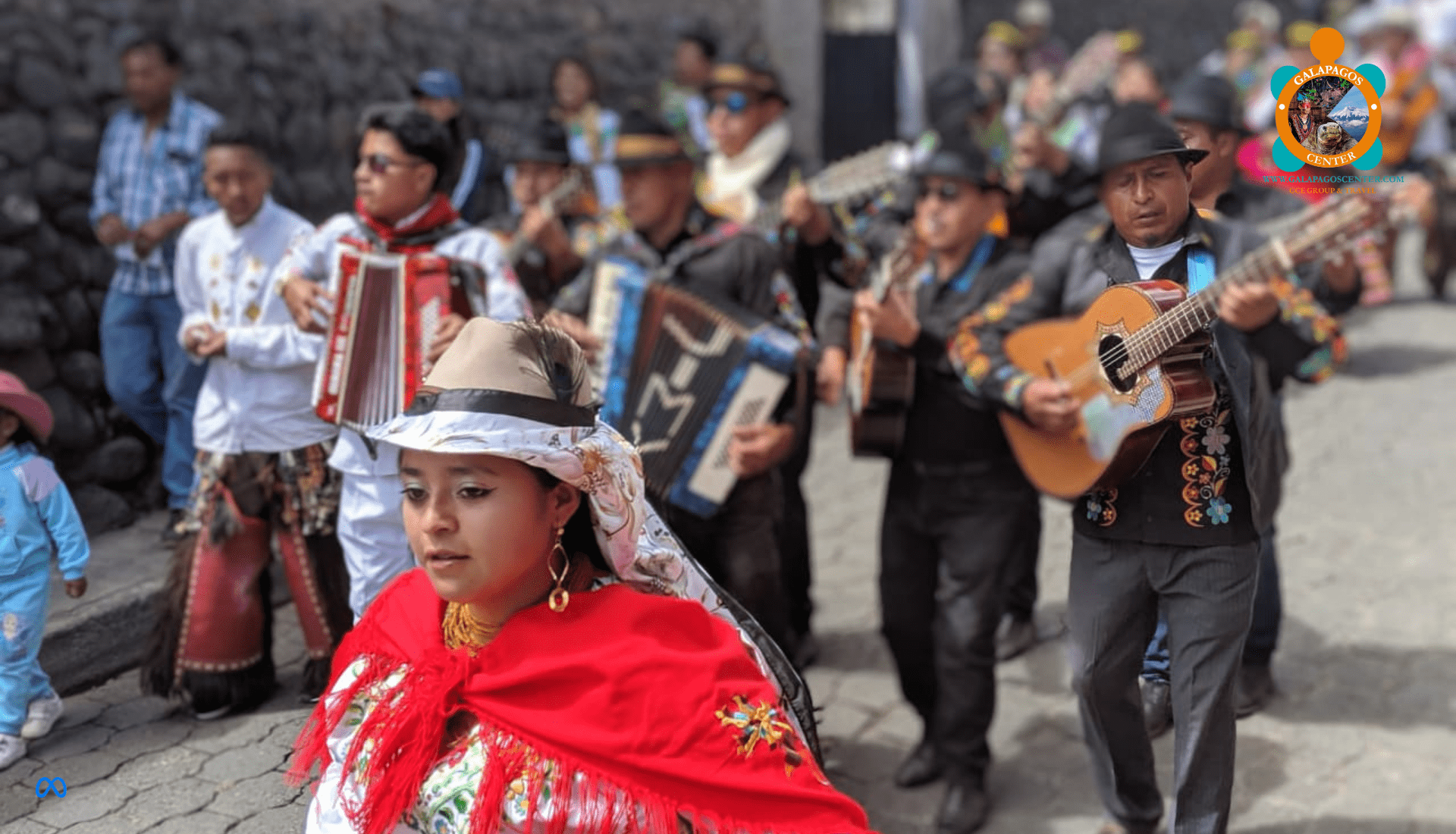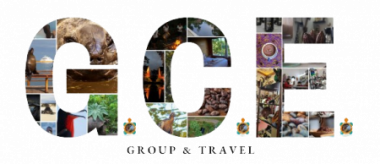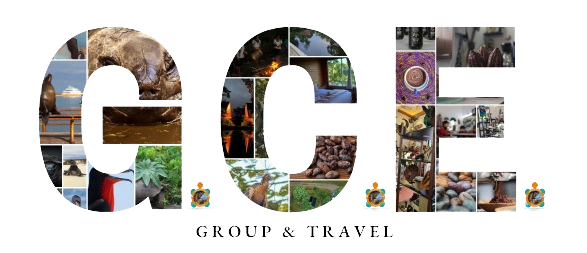
INTI RAYMI (Festival of the sun)
Inti Raymi (Festival of the sun) is an Andean ceremony in honor of Inti (Sun God), is celebrated by many indigenous communities, and is held every winter solstice (June 21). Inti Raymi is maintained as a rite for many indigenous communities of Inca descent, some of which are settled in various parts of the ancient Inca territory (Ecuador, Peru, Chile, Bolivia, Colombia, and Argentina).
Those who celebrate Inti Raymi believe that it is a way to ask for blessings from the Sun God and ensure that their crops grow well throughout the year, it is the symbol of the gratitude of the Andean people who offer to the Paccha Mama (Mother Earth), and the gratitude for having allowed a good production and harvest of their products, they celebrate it with the presence of music and dance.
The central character of Inti Raymi is the Aya Huma, its name comes from a mythological being because of its costume and legend. The mask gathers the important symbols of the Kichwa people.
Its two-sided mask represents the duality of the world: the past and the future, the day, and the night, the jawa and the uray, the north and the south, in the upper part it has 12 extensions that represent the snakes that symbolize the Andean ancestral wisdom, it is a concentrator and possessor of the energies of the Pachamama and direction of the cosmos.
Its bright colors symbolize the wipala or rainbow flag, representing all the struggles of the Inca people. The body of the Aya Uma is made of strips of cloth, with this, they want to demonstrate the division and death of the indigenous communities by the invasion of the Spanish.
Places to visit when celebrating Inti Raymi:
Hacienda Molino San Juan in Cayambe to visit the hacienda house, roses, and caves of the place.
Visit the Flower Farm in Tabacundo also known as San Juan de Tabacundo or World Capital of Roses for its great flower production.
San Pablo Lake, located at the foot of the majestic Imbabura volcano, offers several paths that will lead us to natural viewpoints and its shores are mainly covered with totora reeds, which is the raw material to produce handicrafts.
Peguche Wasi is recognized as the first place where the elaboration and commerce of clothing and handicrafts began, conserving the ancestral knowledge of the indigenous people and capturing figures of nature, and cultural and social experience. Exhibitions of handicraft work in wooden looms, spinning, weaving, weaving with wool, and exhibition of murals and Andean ceramics that tell the history and magic of the ancestral communities.
Peguche waterfall, steam or mist of sacred water that bathes from above can be understood as synonymous with the energy or power of the Yacumama “Mother of Water”.
We invite you to be part of this great party, to dance, enjoy and learn more about our indigenous peoples and their culture.




